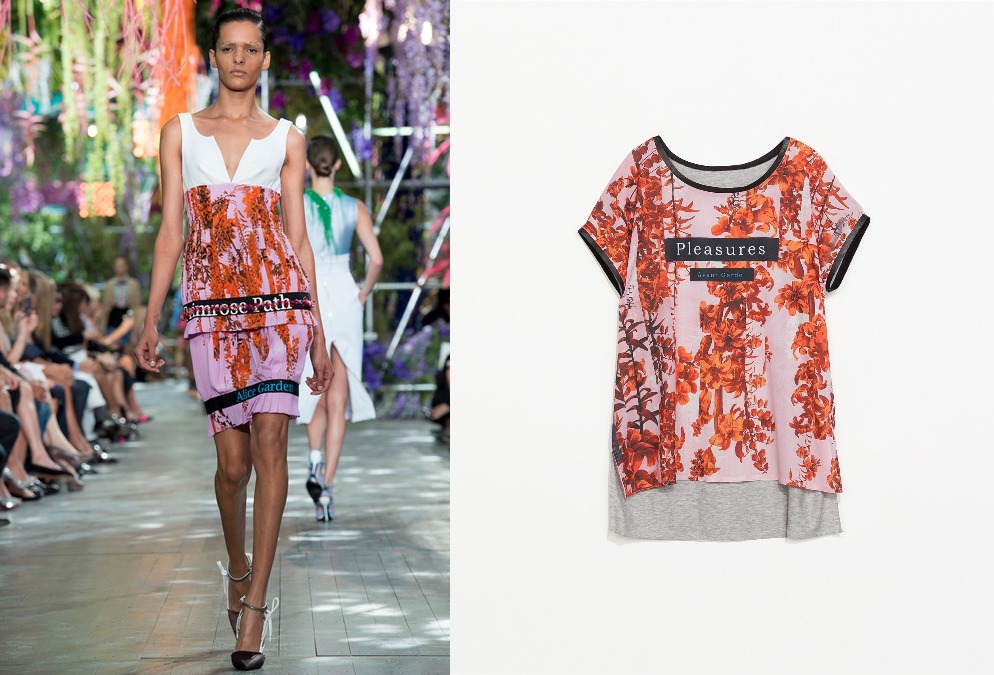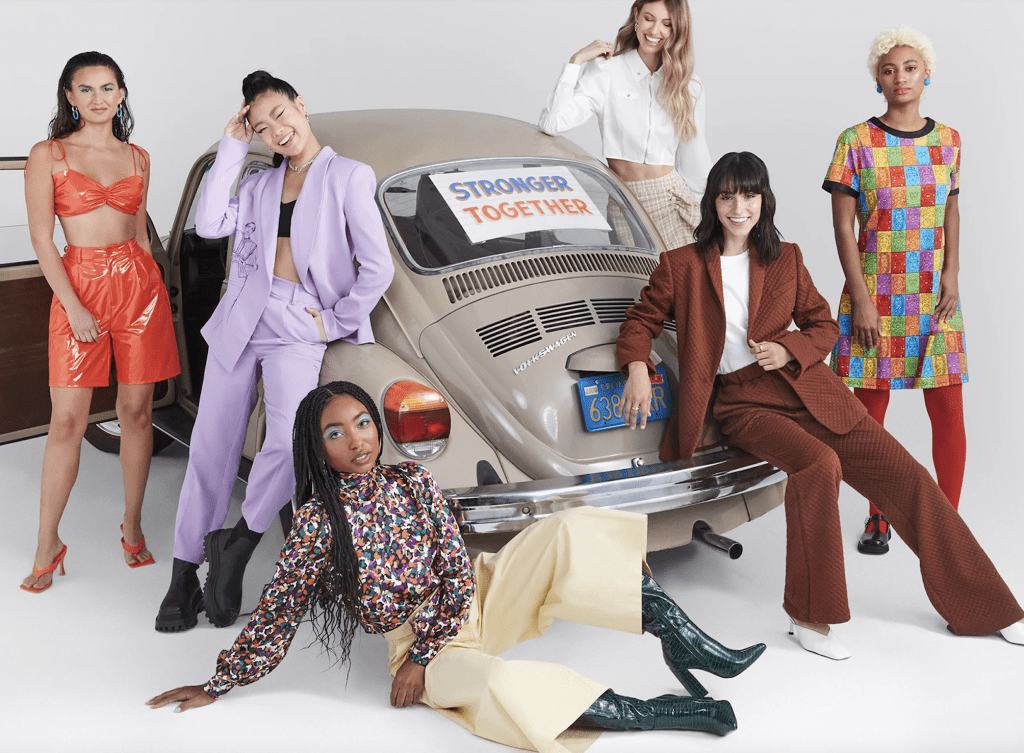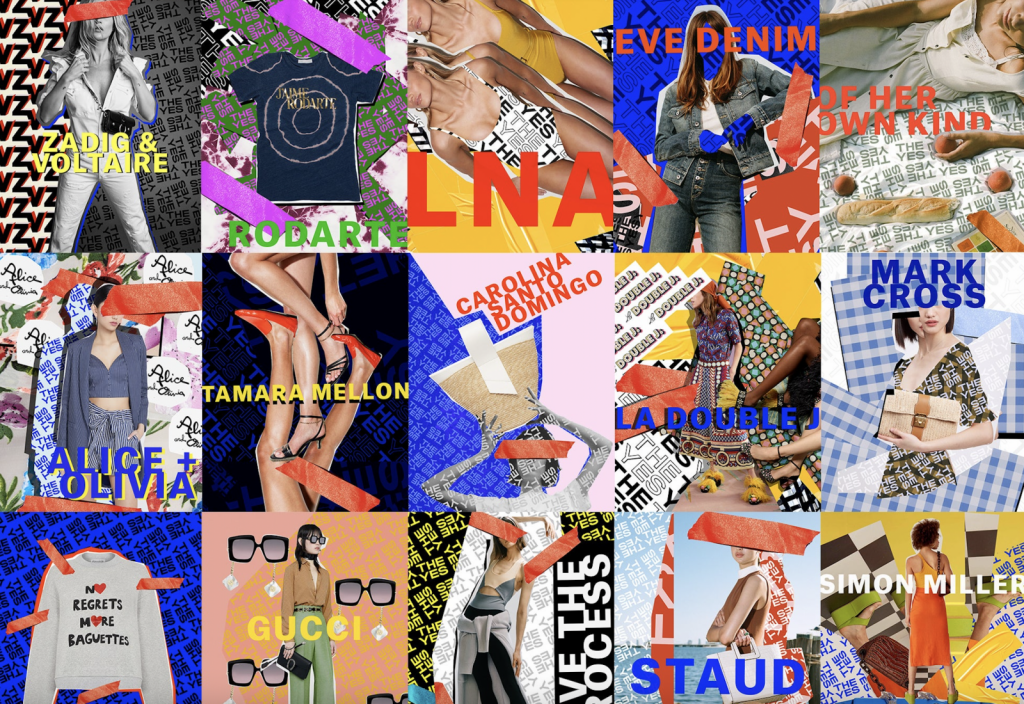The fashion cycle has a few sure-fire elements to it. Every year, on a bi-annual, and sometimes quarterly basis, high fashion designers stage runway shows during which they send models down the catwalk in intricately designed and crafted garments that will often never be made in any meaningful quantity. The purpose of the runway show is not to sell these garments, but instead, to bolster their profile in the media and amongst consumers in an order to sell more commercially viable garments and even more than that, a whole lot of more accessible accessories.
Another thing that can be expected from fashion industry entities from season to season? Copying. Whether it is of the fast fashion kind (i.e., when Zara, Mango, Forever 21 and co. rip off the designs of others at a fraction of the cost and on a sped-up timeline) or whether it its a high fashion brand looking to a smaller designer or a similarly-situated brand for a bit of “inspiration,” replication of varying degrees is inextricably linked to fashion.
A common line of questioning that routinely follows from the more egregious instances of copying centers on legality. How is this sort of thing legal? And the answer to that stems from the fact that copyright law, in particular, has some tricky ins-and-outs in the United States when it comes to garments and accessories.
Copyright law, the type of intellectual property law that protects “original works of authorship,” such as books, paintings, photographs, and song lyrics, does not protect useful things, like clothing and accessories – which have useful properties – as a whole, it generally provides a relatively small amount of protection for those things in their entirety to date compared to the protection it provides for say … sculptures.
While copyright law is unwilling to provide a monopoly for useful things, it does protect elements of useful articles. This means that creative elements of a design that can be separated from the functional elements are subject to protection. This is why elements of a garment, such as a print that covers it, may be protected (as Pictorial, Graphic or Sculptural work), but the design of the dress, itself, is not covered by such protections.
It is worth noting that in light of the Star Athletica v. Varsity Brands case, which the Supreme Court clarified the highly-debated test for determining how courts should grapple with the protectability of creative elements of useful articles, fashion brands may be able to claim a bit more under the umbrella of copyright law.
Copyright law, although often the most obvious type of protection for a creative work, such as a fashion design, is just one part of the equation when it comes to intellectual property protection, though. Other forms of intellectual property, such as trademarks and patents, also stand to provide legal backing for fashion designs, even if that backing is limited in its own ways.
Trademark law, for instance, protects a designer’s name or logo. This can (and does) prove widely useful for brands since no small number of handbags, shoes, and garments from many brands are heavily logo-ed. However, this protection is not without limitation since trademark law only protects the names/logos, etc., and not the underlying design. Trade dress protection, however – which is a subset of trademark law that provides protection for the appearance of a product – could prove more helpful when it comes to actual designs. The potential snag here, in order for a design to be protected by trade dress, the brand at issue must be able to establish that the design has reached the necessary level of “secondary meaning.” In other brands the brand has to prove that consumers link the appearance of the product with a single source, and thus, the appearance of the design serves a source-idenftying feature.
Given the high bar at play, this type of protection is typically limited to more famous marks, such as Louboutin’s red shoe sole or the appearance of Hermes’ Birkin bag.
Patent protection – namely, by way of design patents – is likely the best fit for fashion designs, at least in theory, as it protects the “new, original, and ornamental design for an article of manufacture.” There is a bit of a roadblock here for many brands, though, as design patent protection is expensive (it tends to cost thousands of dollars to achieve) and takes a relatively long time (upwards of one year) to obtain, which is often too expensive and too long for most fashion brands, whose business models depend on trends and season-specific wares.
Taken together, these individual loopholes, so to speak, account for why fast fashion retailers make billions of dollars each year copying high fashion designs and only are very rarely sued for doing so. And more than that, these technicalities tend to present difficulties for brands that are not heavily funded from ensuring the proper protection.











